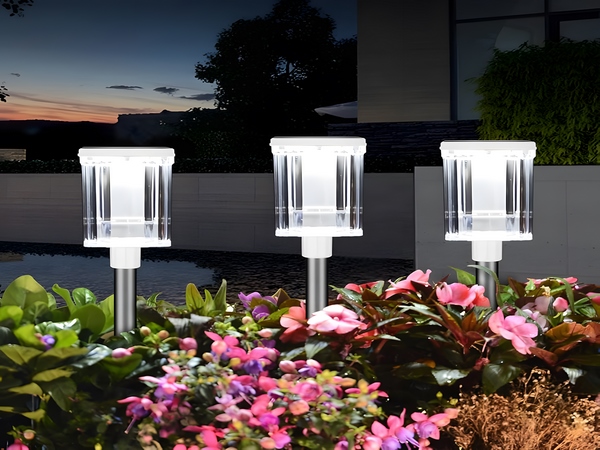
In recent years, with the strong support of the government for the environmental protection industry, the solar street light industry has been developing rapidly. However, along with this development, many issues have emerged in the market, such as uneven illumination and unreasonable light distribution. There are specific judging criteria for good solar street lights, which are outlined as follows:
Performance Indicators: Two Highs, Two Lows, Three Longs
High Luminous Efficiency: While brightness is important, power consumption must also remain low. Therefore, the luminous efficiency of the entire light fixture must be high. Currently, an efficiency above 160lm/W is considered quite high, and we set this standard for the year.
High Charge and Discharge Efficiency: The system’s high charging efficiency is a strong guarantee for the power consumption of the light source. High charge and discharge efficiency not only tests the solar controller but also assesses the compatibility of the solar panel, light source, and controller.
Low Cost: To achieve perfection, one should not simply focus on high configurations but must strive for a high cost-performance ratio, controlling costs while ensuring high performance, keeping the price of this solar street light within ±10% of the market price.
Low Installation Difficulty: A perfect solar street light must be user-friendly, meaning the installation should be very simple. During the design phase, potential error-prone areas for installers should be avoided, allowing even novices to complete the installation quickly and easily by following the manual.

Long Pole Spacing: Given that solar street lights primarily target rural and township road lighting markets, where traffic volume is lower and requirements are slightly reduced, the total project budget is also not high. Therefore, the spacing between lamp poles is usually set larger than the national standard of 3-3.5 times the height of the light source. Our specific indicator is that the spacing should be five times the height of the pole, with no significant dark areas.

Long Support for Rainy Days: The importance of streetlights for the smoothness and safety of road commuting is self-evident. Whether it’s sunny or rainy, pedestrians have a consistent demand for streetlights to work every day. Thus, lighting every day of the year has become a stringent criterion for solar street lights.
Long Lifespan: With the development of lithium batteries, the lifespan of the entire solar street light system is no longer restricted to the short 2-5 year lifespan of lead-acid batteries. High-quality lithium batteries can extend the lifespan of the light to over 10 years. Therefore, considering long-term usage and maintenance costs, a lifespan of over 10 years is also a firm indicator of a perfect solar street light.
The standards for judging solar street lights have been shared here. With advantages such as good stability, long lifespan, high luminous efficiency, easy installation and maintenance, high safety performance, energy conservation, environmental friendliness, and economic practicality, they can be widely used in urban main and secondary roads, residential areas, factories, tourist attractions, parking lots, and other locations.



